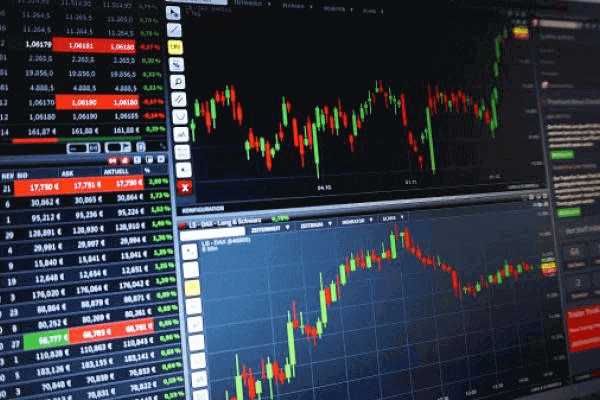
Pips, Points, and Ticks are common trading terms to describe price changes in financial markets. The use of these terms depends upon the market being discussed and the amount of the price change in question.

What's the Difference?
Points
A point is the smallest price increment change that can occur on the left side of the decimal point, while the other two include fractional changes on the right.
For example, an investor might describe a stock price increased from $45.0 to $50.0 as a five-point movement rather than a $5 movement.
Each point of movement has a dollar value attached to it, but the exact value varies by exchange and its product specification. For example, each point of movement in Hang Seng Index Future is equivalent to HK$50.
Ticks
A tick is the smallest possible price movement to the right of the decimal.
For example in Forex market, a price change of EURUSD from 1.23456 to 1.23457 would represent one tick.
Ticks do not have to be measured in factors of 10. For example, a market might measure price movements in minimum increments of 0.25. For that market, a price change from 100.00 to 101.00 is four ticks or one point.
For US stock market, prior to April 2001, the smallest tick size was 1/16th of a dollar, which meant that a stock could only move in increments of $0.0625. While the introduction of decimalization has benefited investors through much narrower bid-ask spreads and better price discovery, it has also made market-making a less profitable activity.
The term "tick" is also used in reference to track transactions. In that context, a tick represents a transaction, not a monetary value. When someone talk about "tick", it can refer to the logs of each transaction.
Pips
A pip (i.e. "percentage in point") is usually used in Forex market to denote the smallest price movement that an exchange rate can make based on market convention.
A pip is the equivalent of 1/100 of 1% or one basis point. For example, the smallest move the USD/CAD currency pair can make is $0.0001 or one basis point.
Most currency pairs are priced to four decimal places and the smallest change is the last (fourth) decimal point. However, many forex brokers nowsdays already support fractional pips (i.e. 1/10 of pips) that allow trading at fivth decimal places.

